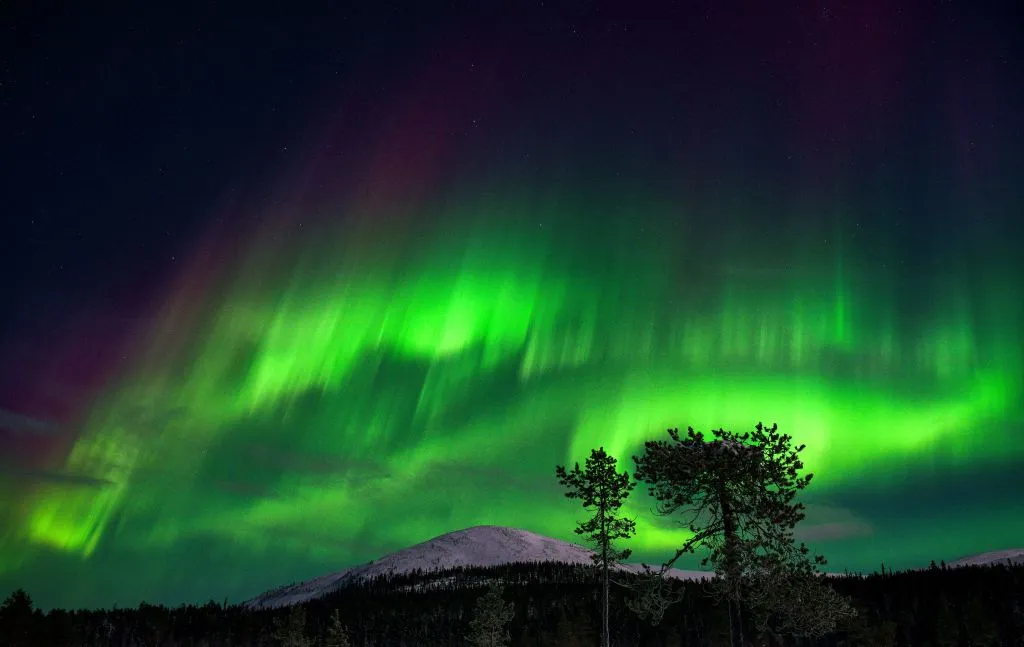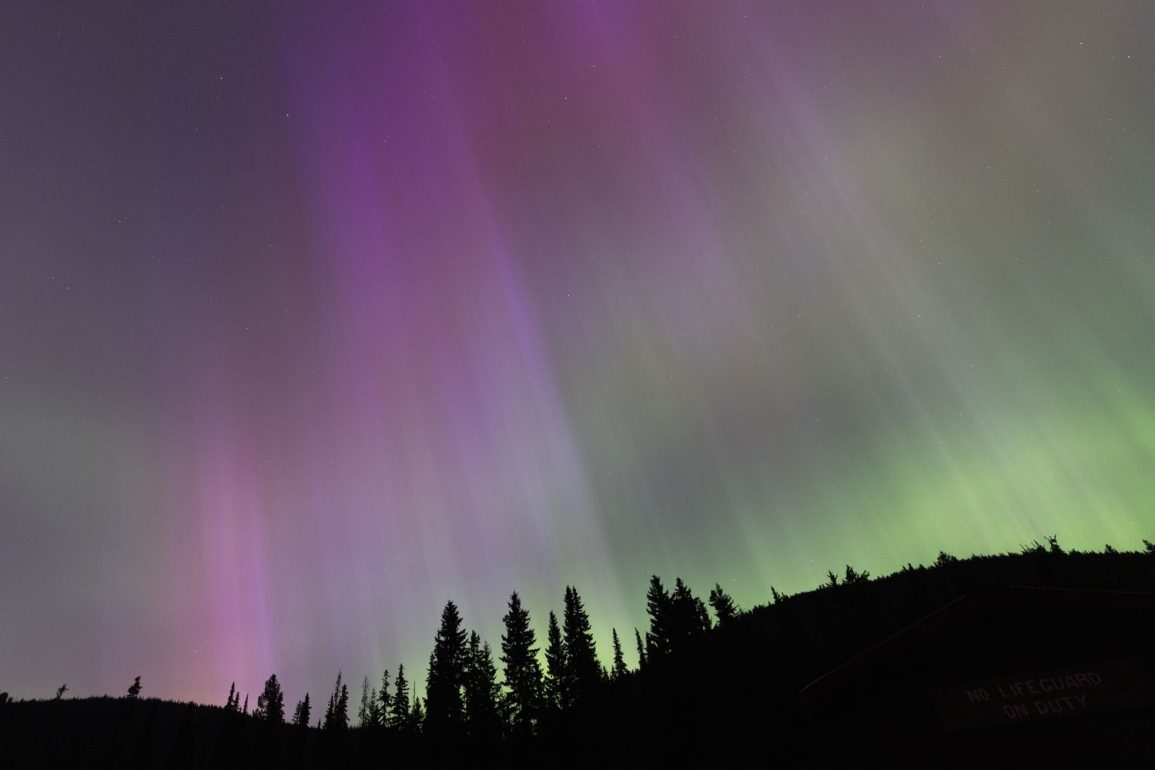The aurora borealis, commonly known as the northern lights, is expected to make a return from July 30 to August 1. However, this event is not anticipated to be as strong or widespread as the one that occurred on May 10-11.
Despite this, the upcoming aurora is still a noteworthy event for skywatchers. The National Oceanic and Atmospheric Administration (NOAA) Space Weather Prediction Center had initially issued a geomagnetic storm watch until July 31, later extending it through August 1.
Increased solar activity, including a strong solar flare classified as R3, has been observed. Several coronal mass ejections (CMEs), which are explosions of solar particles, have occurred and are expected to impact Earth starting from Tuesday through Thursday.
These CMEs are the reason behind the geomagnetic storm watch, with the potential to cause visible auroras. The prediction center has issued a G3 storm watch for July 30, indicating a strong storm, and a G2 watch for July 31-August 1, indicating a moderate storm.

While the upcoming Northern Lights event won’t match the intensity of the May event, which reached a G5 or extreme storm level, it still holds promise for those in the right locations.
If the forecasted conditions align, the aurora could be visible as far south as the northeast United States, the upper Midwest, and northern states extending to northern Oregon. Social media can be a helpful tool for real-time updates and sightings from others in your area.
Seeing the northern lights can be challenging for city dwellers due to light pollution from streetlights and other sources, which can obscure the view of the night sky. For the best chance of viewing the aurora, it’s advisable to travel to rural areas with minimal light pollution. Additionally, clear skies are essential, as cloudy conditions can further hinder visibility.
This summer is packed with celestial events. Besides the aurora borealis, sky watchers can look forward to a planet parade on August 23, showcasing six planets in the night sky. An upcoming nova, a stellar explosion, is also expected to brighten the night, although the exact date remains uncertain. These events provide multiple opportunities for enthusiasts to enjoy the wonders of the night sky.

